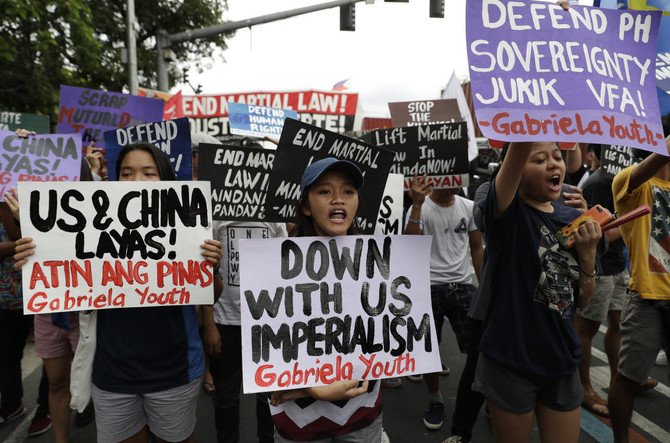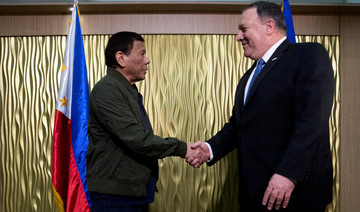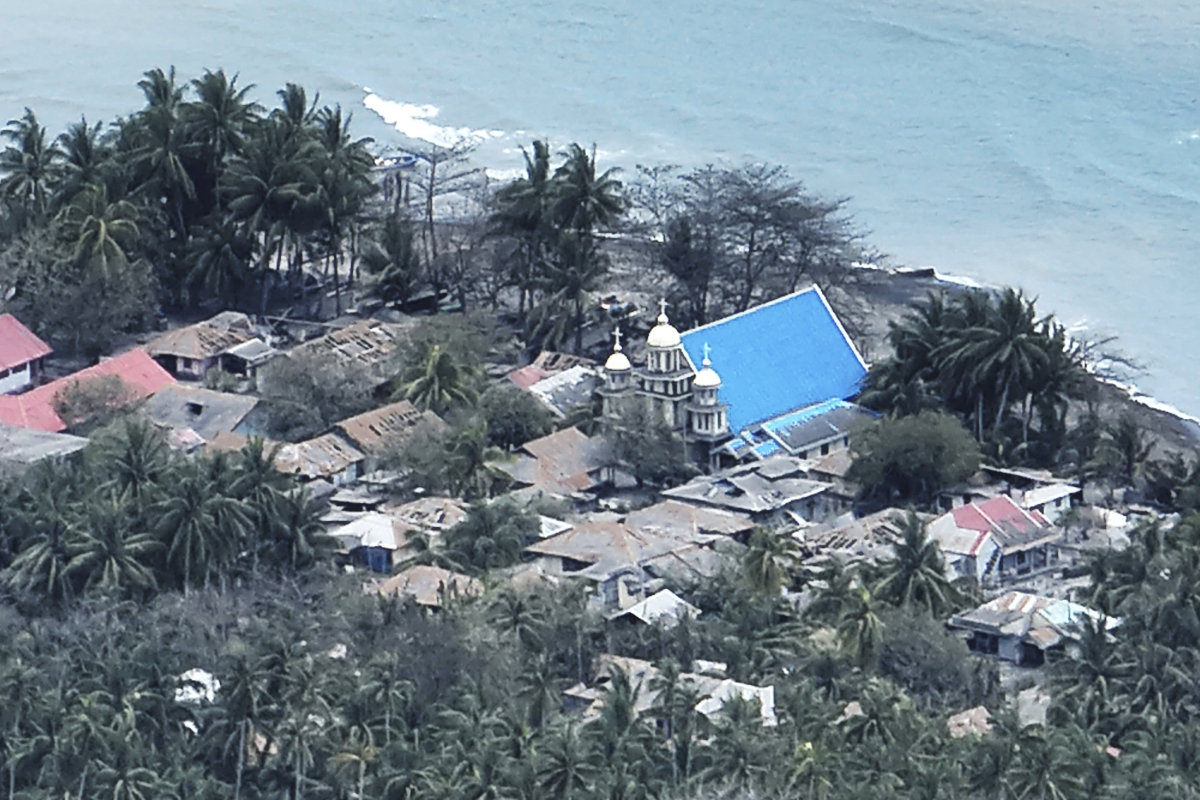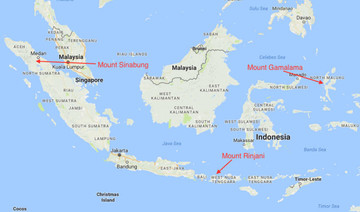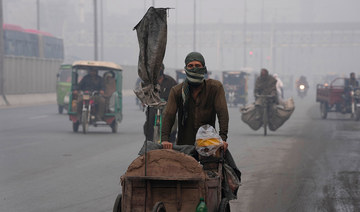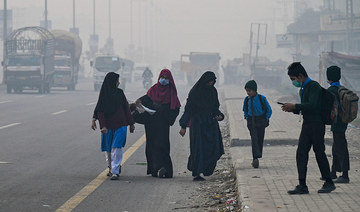MANILA: Vagueness of the Philippines-US Mutual Defense Treaty (MDT) could further worsen the situation, not serve as deterrence during critical times, Defense Secretary Delfin Lorenzana said on Tuesday.
Lorenzana underscored the need to review the decades-old document because of its ambiguous provisions.
In a joint press conference during the visit of US State Secretary Michael Pompeo last week, Foreign Affairs Secretary Teodoro Locsin Jr. said there was no need to review the 1951 MDT as he pointed out that “in vagueness lies uncertainty, a deterrent.”
“I believe in the old theory of deterrence ... in vagueness lies the best deterrence,” Locsin said, adding that: “We are very confident that the US has, in the words of Secretary Pompeo and the words of President Trump to our president, ‘we have your back’.”
Lorenzana, however, contradicted Locsin.
“I do not believe that ambiguity or vagueness of the Philippine-US Mutual Defense Treaty will serve as a deterrent. In fact, it will cause confusion and chaos during a crisis,” said the defense chief, citing the changing geopolitical realities.
“The fact that the security environment now is so vastly different and much more complex than the bipolar security construct of the era when the MDT was written necessitates a review of the Treaty,” according to the defense chief.
Lorenzana proposed a review of the MDT last December due to what he described as US “ambivalence” on whether the treaty applies in the South China Sea, where Philippine troops and facilities are under threat from China’s increasing assertiveness.
The MDT has been the bedrock of the Philippines-US alliance. And in his separate meetings with President Rodrigo Duterte and Locsin last week, Pompeo reiterated Washington’s “defense obligations” to the Manila under the treaty.
“We have your back in the South China Sea (dispute),” Pompeo, relaying the message of US President Donald Trump to Duterte.
Malacanang said it was the first time that US made a policy statement that any attack on any Philippine vessel is tantamount to attacking the US.
As he faced reporters along with Locsin, Pompeo made this commitment public.
“Our commitments under the treaty are clear. Our obligations are real,” Pompeo said, adding that “the South China Sea is certainly part of an important body of water for freedom of navigation.”
“As an island nation, the Philippines depends on free and unobstructed access to the seas. China’s island-building and military activities in the South China Sea threaten your sovereignty, security, and therefore economic livelihood, as well as that of the US,” the US top envoy said.
He then assured Filipinos that the US will be aiding the Philippines if its troops are attacked in the disputed South China Sea.
“As the South China Sea is part of the Pacific, any armed attack on Philippine forces, aircraft, or public vessels in the South China Sea will trigger mutual defense obligations under Article 4 of our Mutual Defense Treaty,” Pompeo stressed.
But according to Lorenzana, it is not the lack of reassurance that worries him, but “it is being involved in a war that we do not seek and do not want.”
“The Philippines is not in a conflict with anyone and will not be at war with anyone in the future. But the US, with the increased and frequent passage of its naval vessels in the West Philippine Sea, is more likely to be involved in a shooting war,” said Lorenzana.
“In such a case and on the basis of the MDT, the Philippines will be automatically involved,” he further stated.
The treaty, the defense chief argued, “should have been reviewed when the US bases were terminated in 1992 and we lost our security umbrella.”
“A couple of years after the US left the bases, the Chinese began their aggressive actions in Mischief Reef — not an armed attack but it was aggression just the same. The US did not stop it,” he said.
A foreign policy expert, Renato De Castro, had said there was nothing new with Pompeo’s statement, noting that “what he did is to reiterate what has been there — reiteration of the MDT, and reiteration of 1999 letter of Ambassador Thomas Hubbard stating that the South China Sea is part of the West Pacific, so it is covered by the MDT.”
De Castro noted it is provided in the MDT that any attack on Philippine metropolitan territory and any attack on Philippine public vessel, whether air or land, will be considered as an armed attack on the US.
He pointed out, however, that it does not provide specifically what kind of US response.
Despite this, De Castro told Arab News there is no need to review the treaty. “We should not review the the text because the text at least provide us strategic ambiguity which actually works for both sides,” he said.
“What is important is that it has been reiterated in the context of what is happening in the South China Sea,” De Castro said.


